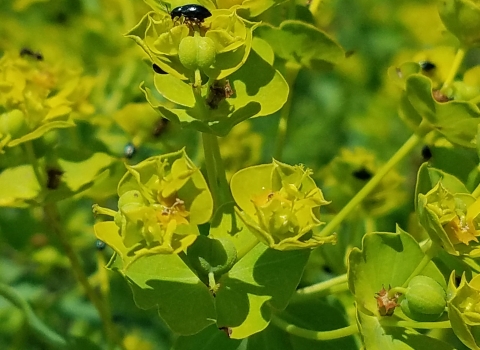Projects and Research
Refuge staff conserves, creates, and restores habitats to benefit a diversity of wildlife. We focus on our refuge's highest priority lands; salt marshes, tidal rivers, forests, beaches, and thickets. These areas are home to many animals, both common and rare. Of course we don’t do it alone, we work closely with our conservation partners and communities.
Land Management Research and Demonstration (LMRD) Areas are places where new habitat management techniques and approaches are developed, implemented, and showcased—places where professional land managers and others come to learn about cutting-edge habitat techniques and technology and carry back with them the information and knowledge which allows them to better manage their own lands. ...
Up to 46 percent of the plants and animals federally listed as endangered species have been negatively impacted by invasive species (Wilcove, et al. 1998, National Invasive Species Council 2001). Refuges in the North Atlantic Appalachian Region initiated an effort to systematically identify, locate, and map invasive plant species occurring on refuge lands leading to an effective...


